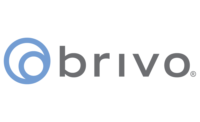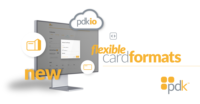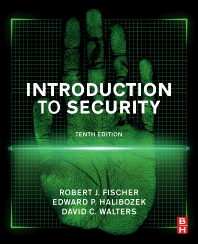In the past, guards, fences, turnstiles and more have been used to keep the bad guys out. In today’s world, these in-person measures might not be the safest: the United States is facing the “Great Resignation,” and guard companies might not be able to keep up with staffing. And, turnstiles and fences can be jumped.
Enter access control, which is enabling the digitization of “keeping bad guys out” and helping expand the Proptech ecosystem. And, access control allows companies to look at data to provide business insights, generate new revenue streams, create efficiencies, understand user behavior, document trends, more efficiently allocate human capital and more. A treasure trove of data awaits when access control is combined with other Proptech security systems and features.
And, when looking at the numbers, it’s clear many companies are using access control as a means of returning to work. Half of organizations are investing in hybrid workplaces, meaning the future involves having the ability to support a hybrid work environment.
In fact, 65 percent of companies say access control integration with other technologies has been important to enable hybrid work. Almost two-thirds say that access control and its integration with other technologies have been extremely or very important toward enabling a hybrid workplace. The most common additions and upgrades include visitor management systems (32 percent), upgraded access control (30 percent), access control integrated with new applications (29 percent), and biometrics (18 percent).
Several non-security features are also desired when returning to work, including hoteling/desk-booking applications (11 percent), room reservation applications (10 percent), and tenant/resident experience apps (4 percent). Those non-security features underscore the phenomenon of access control and other Proptech applications increasingly sharing the same platform.
Companies are also doubling down on a full return to work by increasing the square footage of their current office spaces, meaning access control with visitor management integration is now more important than ever. Ten percent of companies anticipate adding space, which is good news for an uncertain commercial real estate market and runs counter to predictions of widespread downsizing of square footage.
Whether deciding to return to full in-person or enacting a hybrid work model, data leads the way for those planning to reintroduce workers to the office. Data can be used to improve security, better understand space utilization and reduce costs. In traditional security systems, despite the billions of data points that are created each day, like access events anomalous activities, video streams and images don’t get collected, stored, or are only partially analyzed.
With this said, many are now prioritizing data collection, analysis and reliance to make better informed decisions. Twenty-five percent of companies want to use physical security data to make informed business decisions; 38 percent say using physical security data would help improve physical policies and procedures based on analytics.
Despite the shift to hybrid work, the need for physical security and access control still remains. In fact, access control is now even more important to protecting places with fluid, open and hybrid environments.
For integrators, there is lots of potential to use access control as a way to gain new business, and even create more opportunities for RMR. How will you capitalize on the return to work?






